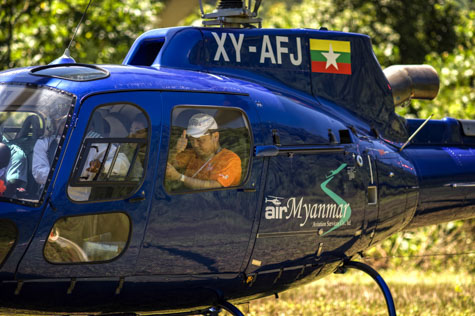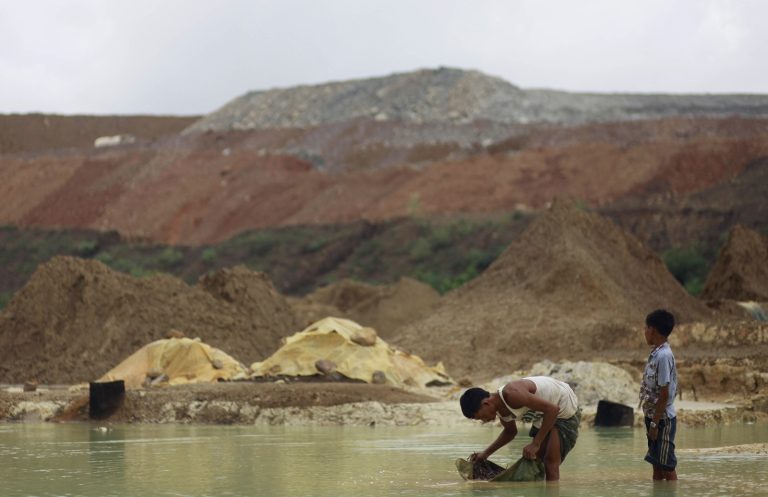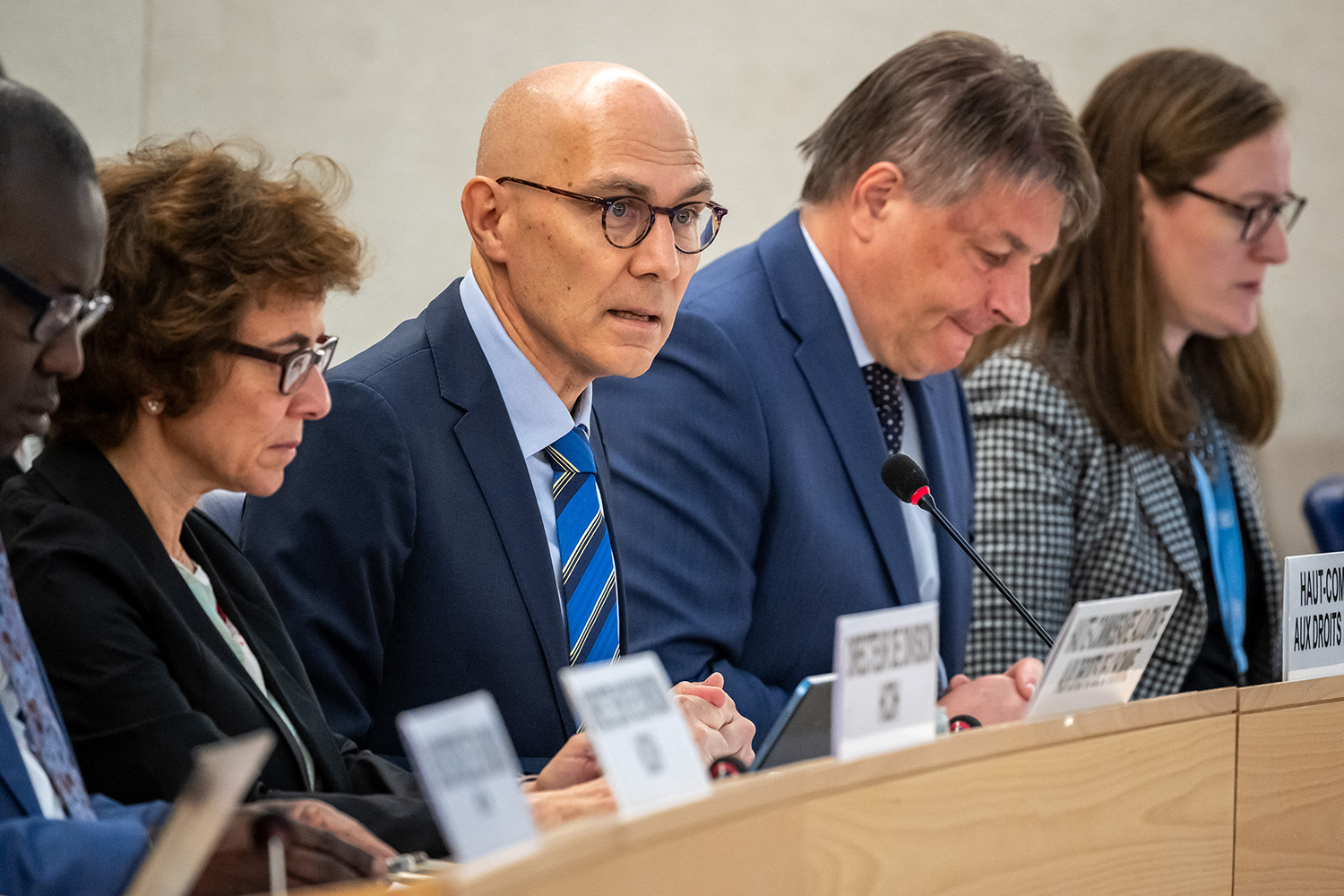The US effort to recover the remains of missing World War II airmen in Myanmar had yielded no results, until one of the country’s most notorious tycoons offered his help.
Burma was one of the most heavily contested areas in Asia during World War II. After the Japanese takeover following the retreat of the British in 1941-1942, a drawn-out counter- offensive ensued involving British forces and their American and Chinese Nationalist allies. The Burma Campaign, one of the longest of WWII, left the country in tatters and awash with arms after the fighting was over.
A legacy of the war lingers. More than 700 US military personnel, mostly airmen flying ‘the Hump’ over the Himalayas on re-supply missions from India to China, are missing to this day. “We had a lot of cargo aircraft that were flying supplies, materials and personnel that crashed,” said Lieutenant-Colonel Rob Culpepper, the coordinator of the US military’s search and recovery effort in Thailand, Myanmar, India and Cambodia for servicemen listed as missing in action.
The Hawaii-based Joint POW/MIA Accounting Command (JPAC), recently renamed the Defense POW Accounting Agency (DPAA), is trying to find the crash sites of more than 300 military aircraft and retrieve the remains of their passengers and crew. The program in Myanmar resumed in 2013, said Lt-Col Culpepper. “Since then we have been here five times,” he said. “We would go into communities, canvass the area for information and check out particular sites.”
JPAC/DPAA does not have a permanent presence in Myanmar. It inked a deal with Hawaiian-based defence contractor Pelatron to gather leads. Pelatron runs what it calls an Outreach Center on Yaw Min Gyi Road in downtown Yangon. No actual recovery work is being done: it is basically a phone-answering service registering leads provided by callers.
Lt-Col Culpepper initially said that JPAC/DPAA was working with “some local Burmese contractors to help us gather information,” before confirming that Pelatron is indeed an American defence contractor registered to do business in Myanmar.
In a peculiar move, Pelatron posted a Myanmar-language ad in Daily Eleven on December 30, 2014, describing itself as a “humanitarian services organisation”. The core functions listed on Pelatron’s website include design, engineering, manufacturing, tactical command and control systems, IT solutions, environmental engineering and base support services.
There is no mention of search and recovery for human remains. Pelatron is not known to have search and recovery experience. The contract awarded to Pelatron has been posted online by the US government and is in its second year. Pelatron will be paid $342,299 (about K380 million) for its services in 2015. How much of this money reaches Myanmar is unclear. The Outreach Center is manned by five Myanmar employees on local wages, hardly enough to make a dent in the budget.
Under US law, Pelatron is an Article 8(a) Small Disadvantaged Business Enterprise (DBE), defined as a business that is at least 51 percent owned and controlled by one or more minority persons. DBEs may be awarded contracts without taking part in tenders. The lack of competition in practice often leads to higher than average fees.
Have any recoveries been made as a result of the five JPAC/DPAA field missions since 2013 and the leads provided by Pelatron? “No, we have not done a recovery yet,” said Lt-Col Culpepper. “So far we have been working in heavily populated areas in lower Myanmar, where the terrain has changed much over time. It is very possible that sites have been scavenged as well. So the work is difficult. The northern Myanmar area is where we want to go to eventually.”
He emphasised that JPAC/DPAA works closely with the Myanmar government and the Tatmadaw on the recovery of Americans listed as MIA. Nonetheless, access to areas where most of the planes crashed is yet to be granted. Most crashes were in Kachin State, where fighting has been taking place between the Tatmadaw and the Kachin Independence Army since 2011.
A controversial rendezvous at the home of one of Myanmar’s richest men has cast a different light on the statement that no remains have yet been recovered. The rendezvous took place on December 4, 2013 at the Inya Road mansion of the tycoon, U Tay Za. According to correspondence seen by Frontier, the US embassy was provided with an envelope with one bone in it, supposedly from an American airman.
JPAC chief historian Bob Maves and Lt-Col Culpepper were taken to U Tay Za’s mansion by a local Pelatron employee to meet the Tatmadaw major who had provided the bone. U Tay Za figures prominently on the US Treasury’s Specially Designated Nationals list, which prohibits US companies and individuals from doing business with him.
The US embassy in Myanmar admits the visit took place. “We followed up on an anonymous tip and did not know we were dealing with Tay Za until we were met by him,” said an embassy official.
“We can confirm remains were received in December 2013,” the official said. “They have been accessioned into the DPAA laboratory in Hawaii. DPAA is still working to obtain family reference samples that will aid identification of service members that may be associated with this loss. Therefore the cases are still open and the service members have not yet been identified.”
John Whalen, who until last year was the head of the Myanmar office of the United States Drug Enforcement Administration, believes the JPAC/DPAA officials should have known better than to meet U Tay Za.“If they unknowingly went to Tay Za’s house that is a problem as it speaks to their naivety and their inability or unwillingness to properly vet contacts,” Mr Whalen said. “Dealing, even remotely, with an individual on the SDN list puts not only their company at risk, but in this instance the JPAC/DPAA mission at risk.”
Should the visit be seen in the context of U Tay Za’s reported eagerness to be removed from the SDN list? “We do not give rewards in exchange for information or items submitted by the public,” said the US embassy official, adding that the Treasury Department’s Office of Foreign Assets Control oversees the SDN list.
Officials at Pelatron headquarters in Hawaii did not respond to requests for comment. The supervisor of the Pelatron office in Yangon said he could not respond because he was “under strict orders not to talk to journalists”.







